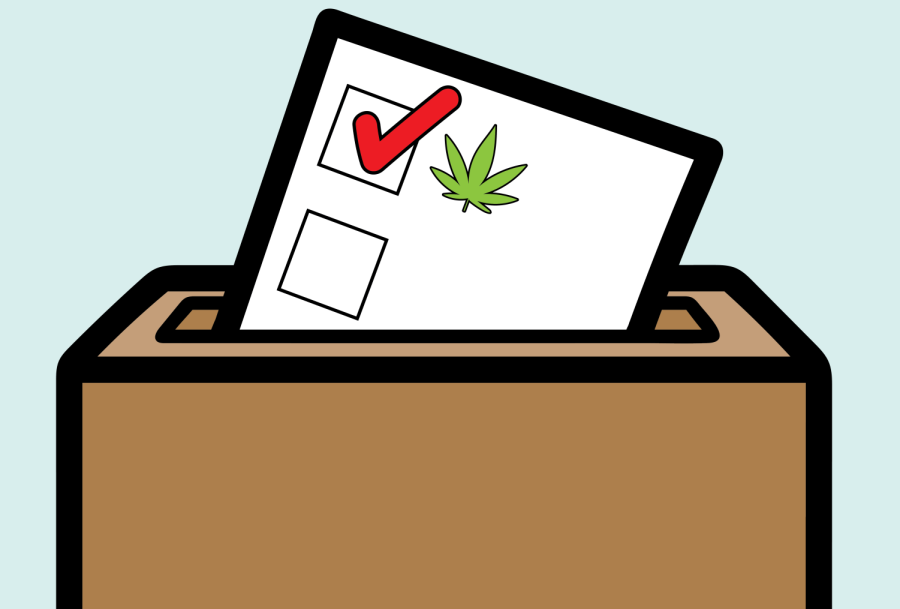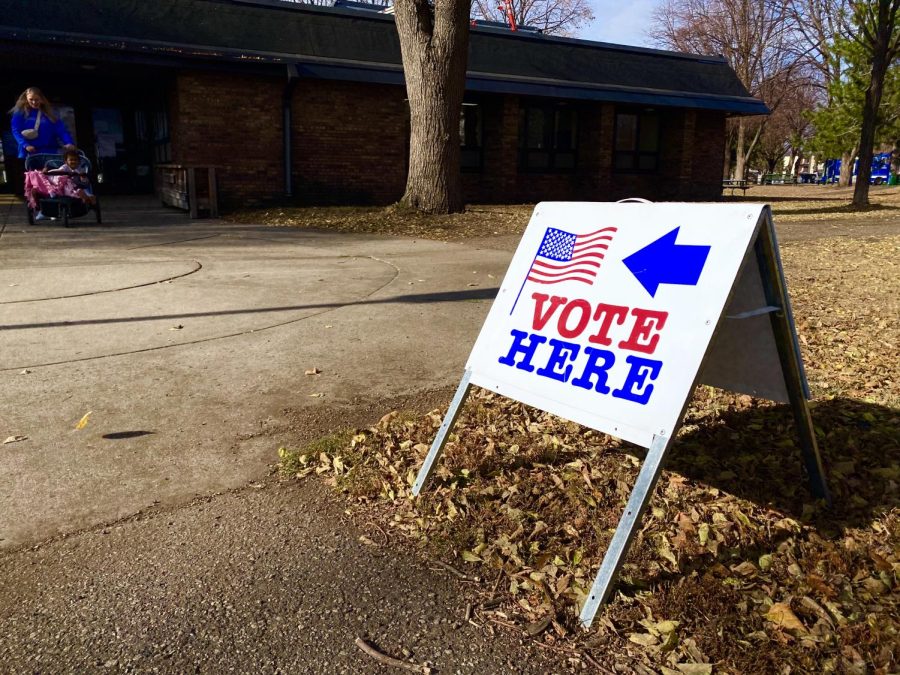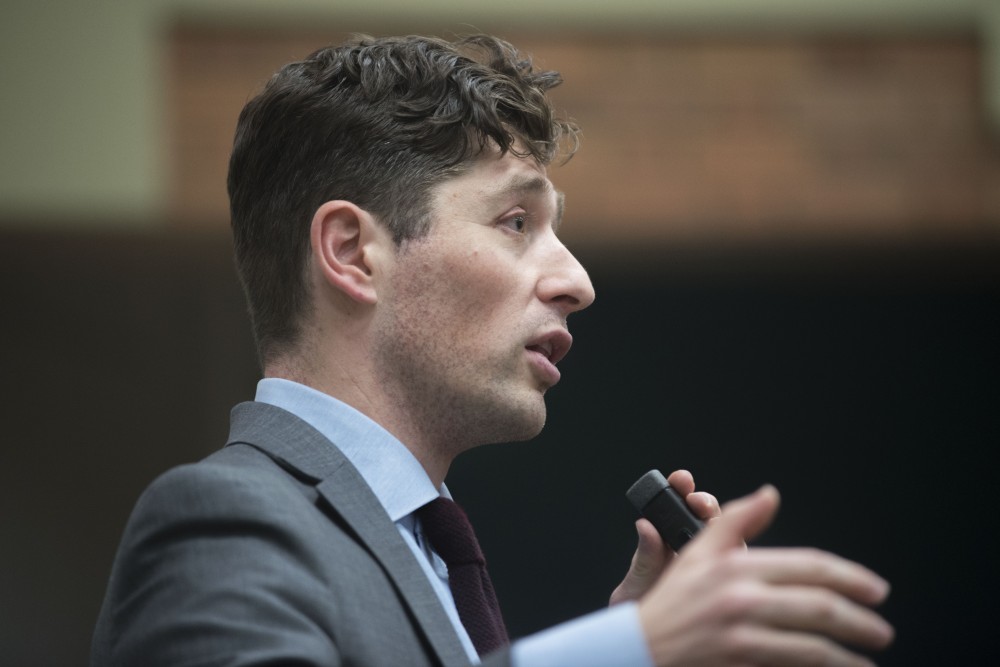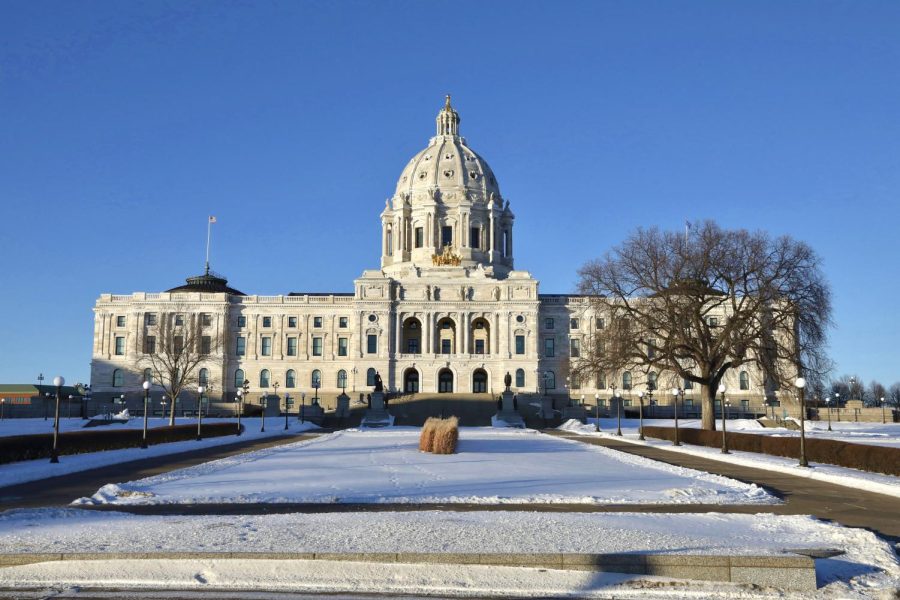Education leaders need to focus their attention on students who care about school and forget about those who donâÄôt, a senior associate with the Institute for Higher Education Policy told about 175 policy education leaders Wednesday at the Radisson University Hotel . At the morning session, titled âÄúThe Graduation Gap in Minnesota: Providing Opportunities for All Children,âÄù that associate, Clifford Adelman, suggested ways to improve educational policy in Minnesota. Adelman cited several educational âÄúgapsâÄù in which students lag behind acceptable learning standards, including in attitudes toward schooling, the academic intensity of high school curriculums and in timing of entering college. Susan Heegaard, director of the Minnesota Office of Higher Education , acknowledged that MinnesotaâÄôs leaders need to examine these problem areas and figure out how to address them. âÄúWe have a terrible achievement gap that we have to focus on,âÄù she said. Adelman criticized the use of the category âÄústudents of colorâÄù in evaluating student performance. âÄúThat doesnâÄôt work in Minnesota. YouâÄôve got distinct groups here that youâÄôve got to look at separately,âÄù he said. Policy leaders should examine different racial and ethnic groups more closely, Adelman said, separating them by personal qualities like generation, the languages they use with their families and the ZIP codes in which they live. This helps guard against doing big-scale evaluations that tell little about specific groups and that wonâÄôt lead to better policies, he said. State Rep. Carlos Mariani, DFL-65B, said educational leaders looking to target programs to specific groups, often according to race, run into difficulty with state educational policies that limit highlighting such populations. Adelman said dividing student populations by ZIP codes would help target the demographics that need help while avoiding explicitly targeting certain racial groups. While policy leaders want to encourage a better educational system, they canâÄôt reach out to all students, Adelman said. Schools shouldnâÄôt devote their resources, which are becoming increasingly strained, to those students who skip school and fail to engage with their classes, he said. âÄúWe cannot micromanage specific communities and get them to grow up,âÄù he said. Leaders should instead focus on students who are already mature and have positive attitudes about education. âÄúWeâÄôre going to miss part of the population,âÄù he said. âÄúItâÄôs a matter of finding the people weâÄôre going to win.âÄù Mariani said most students care and hope to continue their educations after high school graduation. Previous studies have shown that a fairly high number of students aspire to go on to college, with little difference between demographics, he said. Theresa Battle, a project director for the UniversityâÄôs Ramp-Up to Readiness program , said coordinators in her program see this in their work in 11 Minnesota middle and high schools. Coordinators for the college prep program say a lack of information and assistance for students is the biggest problem they see, she said. When they started the program, coordinators found that many students were discouraged by a daunting list of tasks that they werenâÄôt being helped with. To address those issues, Ramp-Up to Readiness teaches students about how to prepare for, select and pay for a college education. âÄúThe kids aspire to go to college, but they really donâÄôt have the information of how to get there or how much it costs,âÄù she said.
Policymakers discuss state educational system
Published October 8, 2008
0
More to Discover






